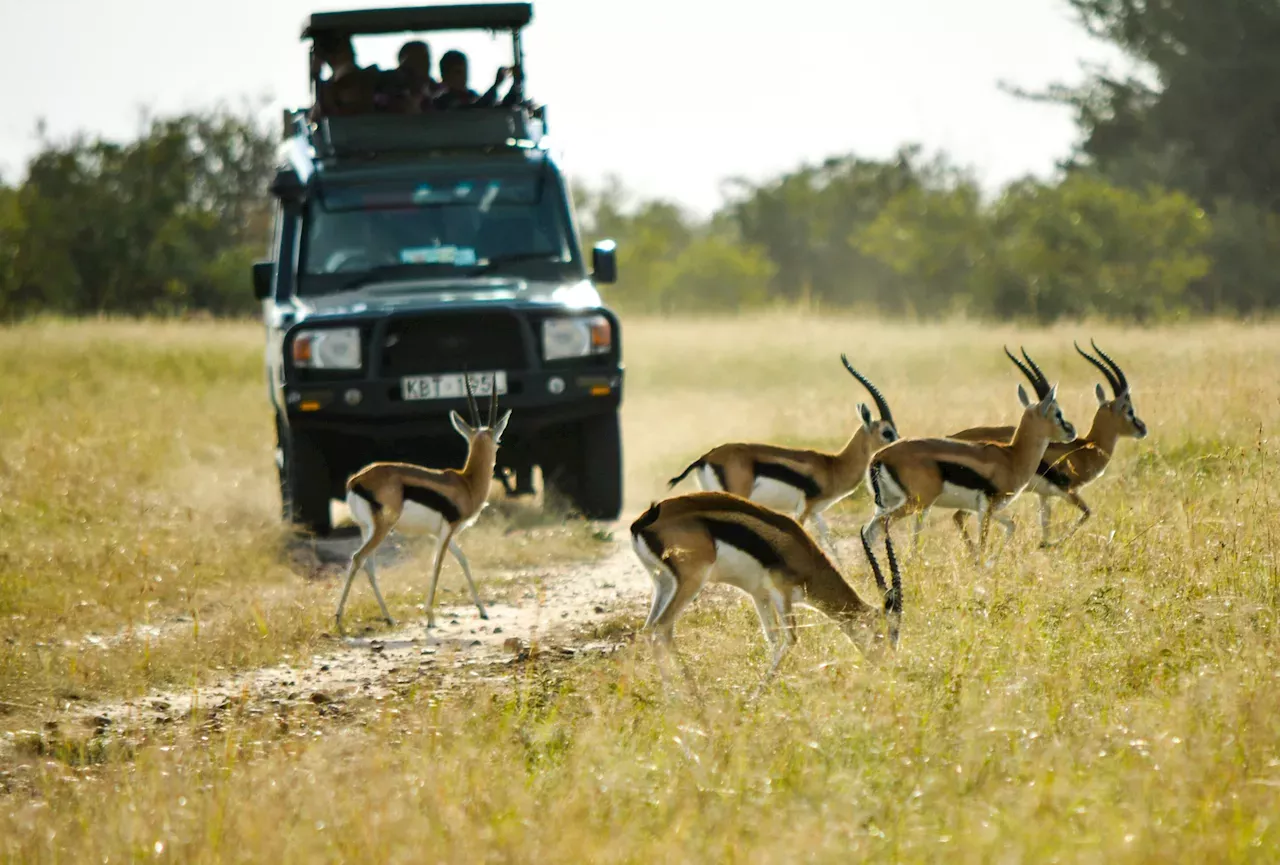Opinion: Southern Africa is seen as a leader in wildlife conservation, but its market-driven approach is deeply flawedas a successful model. The idea behind this model is that biodiversity and wildlife are used as the basis of sustainable economic growth, through an increase in wildlife numbers and in a country's revenue.
The 1960s saw an increase in private conservation enterprises such as hunting, wildlife breeding and photographic tourism, especially in South Africa, Namibia and Zimbabwe. Often this involved evicting people from their land. Later, fences were erected in what came to be termed" In fact it follows a long history of market-based mechanisms to achieve conservation. One older form is nature-based tourism. Newer ways to commodify nature include wildlife estates and timeshare agreements in private reserves.
These inequalities create what we call a"new green apartheid." For example, some communities of Black people in and near conservation areas. Meanwhile, mostly white tourists and estate inhabitants receive water from boreholes to enjoy wildlife, swimming pools, or even golf courses.
